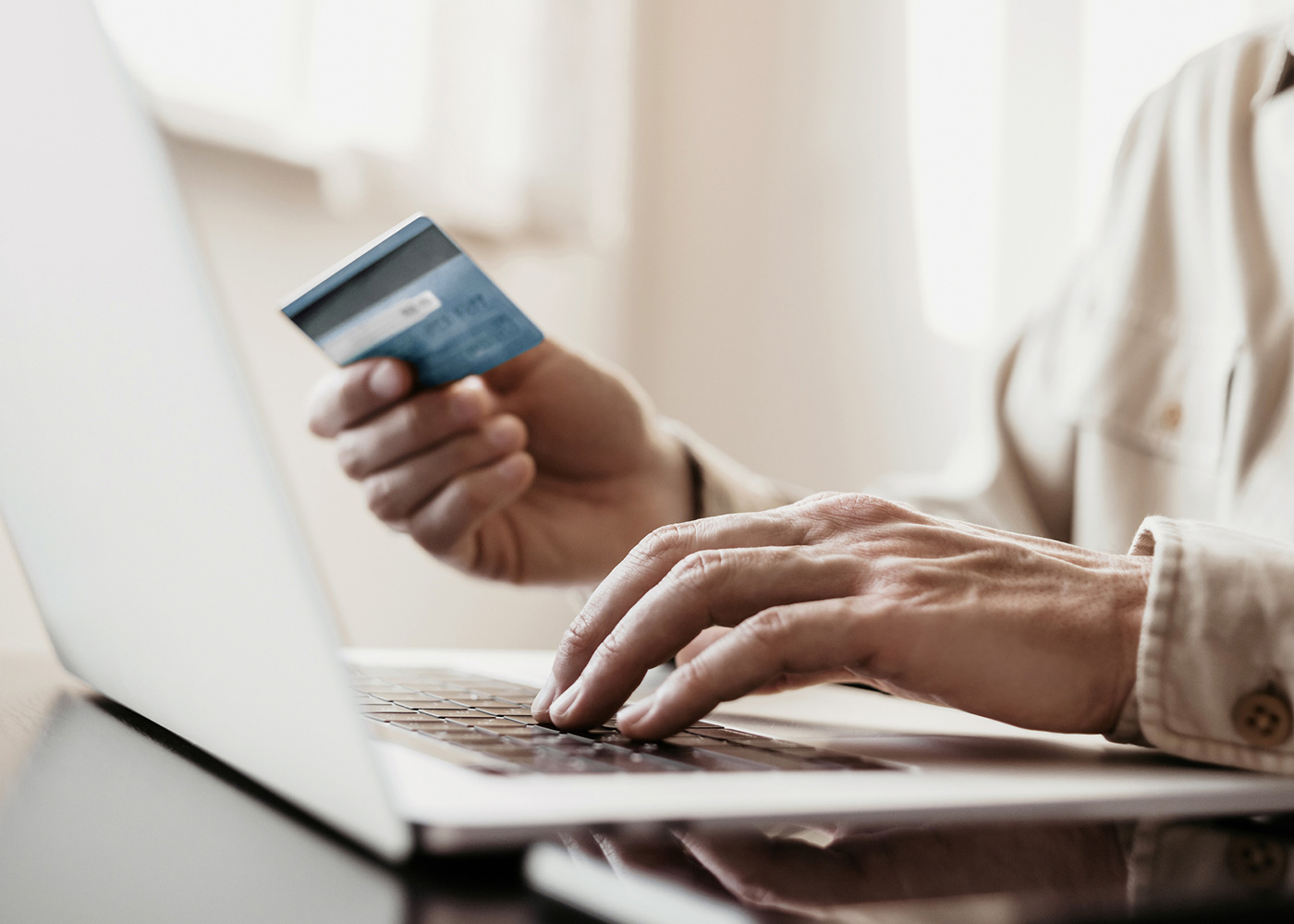
Protecting Yourself from Credit Card Fraud
By Jeffrey Meenes, CFP® (Published Date October 19, 2023)
Credit cards have revolutionized the way we manage our finances. However, this convenience comes with its own set of risks, including credit card fraud.
As technology advances, so do the tactics employed by cybercriminals to steal sensitive financial information. According to Bankrate, in 2021, the FTC dealt with nearly 390,000 reports of credit card fraud, with US losses projected to reach $165.1 billion in the next decade.1
Protecting yourself from credit card fraud is vital for financial security and peace of mind. Here, we’ll explore the various forms of credit card fraud and provide actionable tips to help protect your finances.
What is Credit Card Fraud?
Credit card fraud encompasses a range of illicit activities aimed at unauthorized access to your credit card information.2 This includes unauthorized transactions, identity theft, account takeover, card-not-present fraud, and more. Cybercriminals use tactics like phishing, skimming, data breaches, and malware attacks to access your sensitive information.
Credit Card Fraud vs. Identity Theft
While closely related, credit card fraud and identity theft target different aspects of your financial life. Credit card fraud involves unauthorized use of your credit card for purchases or withdrawals. Identity theft, on the other hand, is a broader crime whereby a criminal assumes your identity to open new accounts, apply for loans, or commit other fraudulent activities in your name. Both can have devastating consequences, including financial loss and damaged credit.
How to Protect Yourself From Credit Card Fraud
Here are some important tips for protecting yourself from credit card fraud:
Regularly Monitor Your Accounts
Routinely review your credit card statements and online banking activities, and immediately report any suspicious or unauthorized transactions to your card issuer.
Enable Account Alerts
Most financial institutions offer email, text, or push notifications. Set up alerts for large transactions, account logins, and balance changes to stay informed about your financial activity.
Secure Personal Information
Never share sensitive information, such as your social security number, PINs, or passwords, through email, phone calls, or text messages. Legitimate organizations will never ask for such information through these channels.
Use Strong Passwords
Create complex passwords for your online accounts, including a mix of uppercase and lowercase letters, numbers, and symbols. Avoid using easily guessable information, such as birthdays or names.
Embrace Two-Factor Authentication (2FA)
Enable two-factor authentication (2FA) for your online accounts. This adds an extra layer of security by requiring a secondary form of verification, such as a text message or separate login, in addition to your password.
Be Wary of Phishing Attempts
Cybercriminals often use phishing emails to trick you into revealing sensitive information or installing malware. Avoid clicking on links or downloading attachments from unfamiliar sources. Double-check the sender’s email address for authenticity.
Protect Your Devices
Keep your devices updated with the latest security updates and use reputable antivirus and anti-malware software. Be cautious when connecting to public Wi-Fi networks, as they can be vulnerable to hacking.
Check for Secure Websites
Before entering credit card information online, ensure the website’s URL begins with “https://” and displays a padlock symbol, indicating a secure and encrypted connection.
Use Virtual Credit Cards
Some credit card issuers or web browsers offer virtual credit cards with temporary numbers for online transactions, which adds an extra layer of protection by hiding your actual card number.
Regularly Check Your Credit Reports
Obtain and review your credit reports from major credit bureaus at least annually to spot any suspicious or unauthorized activity that may indicate identity theft.
Limits of Liability
Keep in mind that the Fair Credit Billing Act (FCBA) protects you against credit card fraud and limits your maximum liability to $50. Some card issuers expand that law by offering $0 fraud liability on unauthorized charges, which means you won't be held liable for any amount of fraudulent purchases. Check with your card issuer regarding maximum liability details.
By understanding the tactics employed by cybercriminals and following these tips, you can significantly reduce the risk of falling victim to credit card fraud.
This content is developed from sources believed to be providing accurate information, and provided by Meenes Wealth Partners. It may not be used for the purpose of avoiding any federal tax penalties. Please consult legal or tax professionals for specific information regarding your individual situation. The opinions expressed and material provided are for general information, and should not be considered a solicitation for the purchase or sale of any security.
